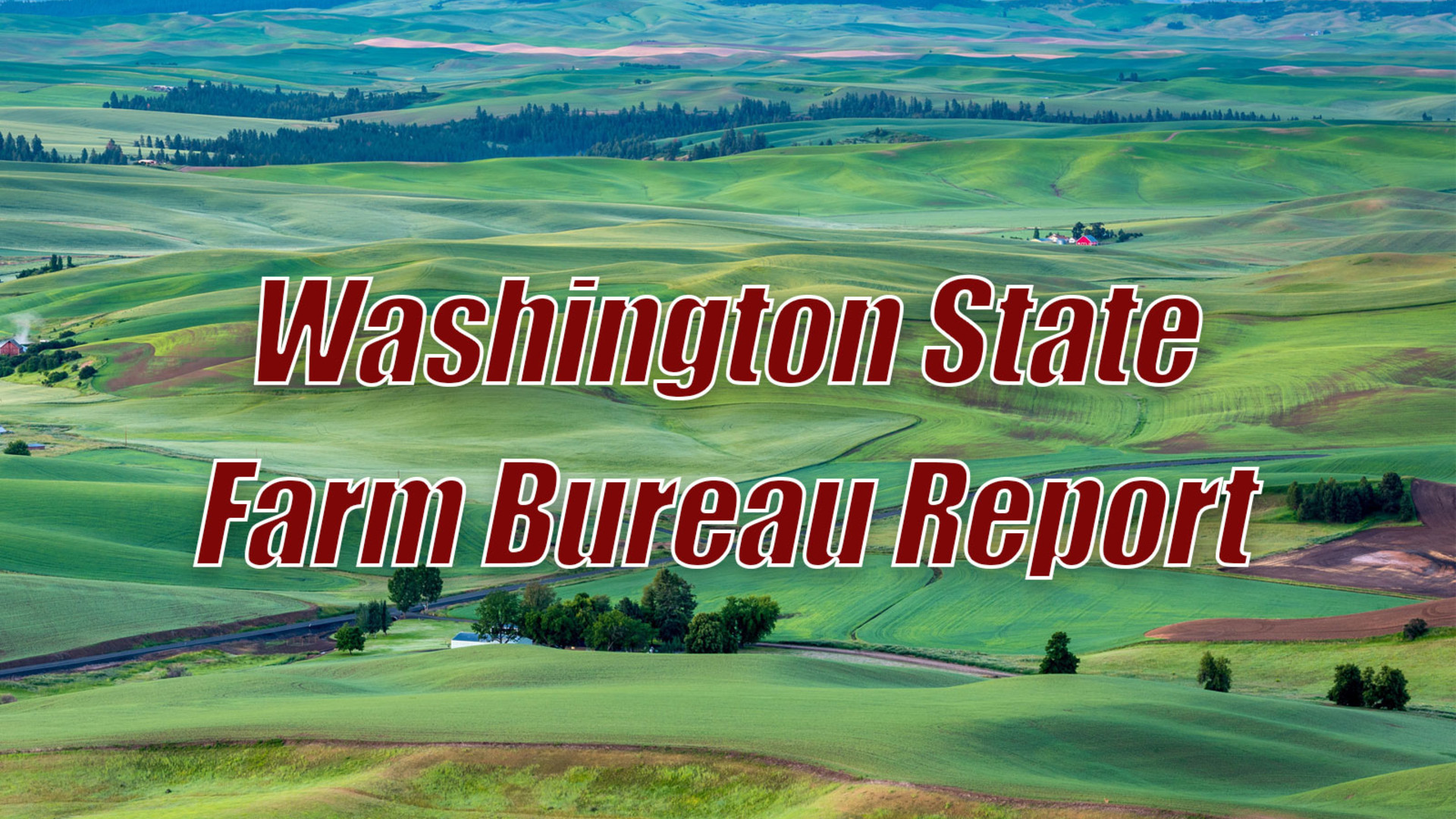Controlling Ghost Shrimp
Controlling Ghost Shrimp
I’m Lacy Gray with Washington Ag Today.
Kim Patten, horticulturist with WSU Long Beach Research and Extension Unit says that the number of ghost shrimp in Willapa Bay and Grays Harbor have increased significantly in the last couple of years. Inhabiting the tide flats where oysters are grown, ghost shrimp burrow into the tide flats, making the sand and mud soft and unstable, eventually causing oysters and other shellfish on the surface to sink, suffocate, and die. For years shellfish farmers used the pesticide carbaryl, but 2012 was the last year its use was allowed. Now growers and scientists are searching for alternative control methods for ghost shrimp.
PATTEN: I’ve screened probably a hundred different chemistries hopefully to find something benign like halbernaro pepper or something like that, but nothing really worked because you are trying to control something that’s two feet below the ground in an estuary and you only have a few hours of dry time to get something targeted down there. The only thing that works, and it’s probably half as effective as carbaryl, is the insecticide called imidacloprid, which is marginally effective and works in most of the situations.
There has been concern from bee keepers over its use though.
PATTEN: There’s concern about that type of a chemistry used in terrestrial - it’s the most widely used insecticide in the world at this point in time. But under our usage - essentially there’s no pollinators working the tide flats so that’s not a risk in that regard. And it’s several orders of magnitude safer in terms of non-target impacts out in the bay then what has been used in the past.
Patten says there is a replacement chemistry that they are hoping will be ready for use by 2014 that will be another tool for use in managing ghost shrimp, one that will hopefully help keep the shellfish industry vibrant and dynamic in the future.
I’m Lacy Gray and that’s Washington Ag Today on the Ag Information Network.
















